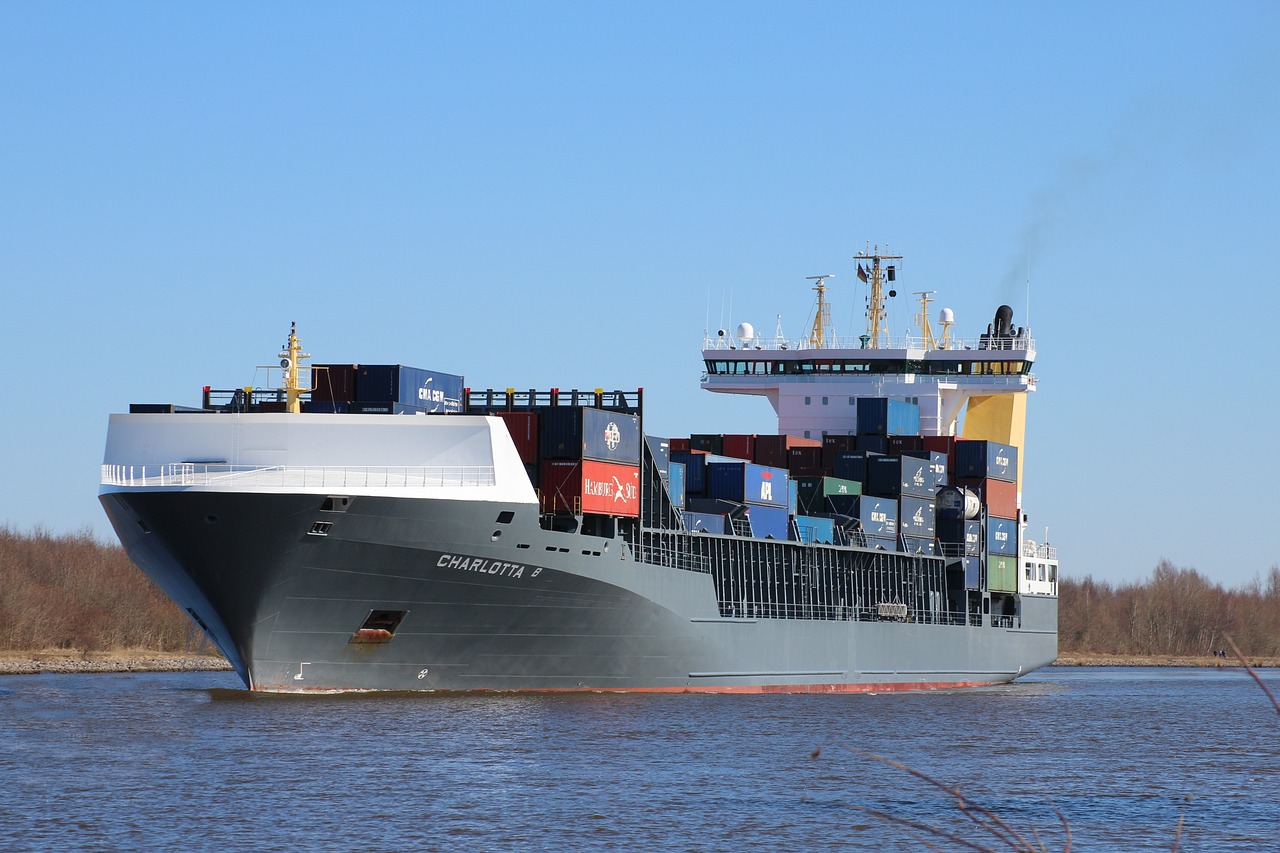
I. AgencyExport tax refundThrough which aspects does the company generate revenue?
The profit structure of a professional agency can be divided into three main levels:
- Basic Service Costs: Charged at 0.5%-1.5% of the tax refund amount (subject to fluctuation based on trade type and complexity)
- Earnings from financing services:An annualized interest rate of 8%-15% is charged when advancing tax refunds.
- Derivative service premium: Commission income from supporting services such as customs declaration, logistics, and foreign exchange settlement.
2. What are the key factors that influence the service fee standards?
Industry data for 2025 shows that the core factors influencing service pricing include:
- Trade category complexity: The service fee rate for electromechanical products is on average 0.3% higher than that for textiles.
- Single transaction size: Discounts of 0.2%-0.5% on commission rates are negotiable for orders worth millions.
- Risk coefficient assessment: A 0.8% risk deposit may be added for business involving sensitive areas.
3. How does advance payment service become the main source of profit?
Taking a company's $1 million tax refund as an example:
- The traditional tax refund cycle is approximately 90 days.
- The agency company provides advance funding and charges a 1.5% service fee + 12% annualized interest.
- Enterprises can obtain funds 75 days in advance, while the agent achieves a comprehensive income of approximately $24,700.
4. Is there a risk of hidden fees?
Compliance agencies should ensure transparent fee structures, with special attention to:
- Foreign exchange settlement difference: Some institutions obtain a hidden profit of 0.3%-0.5% through exchange rate differentials.
- File ProcessingAdditional fees: Special document translation and expedited processing may incur additional fees.
- Annual service bundle: Be cautious of situations where mandatory credit insurance and other derivative services are bundled.
5. How to determine whether the agency's fee structure is reasonable?
It is recommended to adopt the Three - Dimensional Evaluation Method:
- Horizontal price comparison: Obtain quotation lists from 3-5 leading agencies.
- Vertical disassembly: Please provide a detailed breakdown of the cost components and the basis for calculation.
- Dynamic adjustment: A mechanism for progressive fee reduction based on agreed-upon business volume growth
VI. Impact of the 2025 New Policy on the Agency Profit Model
Regarding the "Export tax refundCompliance Guidelines," New Trends in Agency Services:
- The utilization rate of the digital declaration system has increased to 87%, reducing labor costs by 3-5%.
- Customs AEO certification agency increases risk control premium by 2-3 percentage points.
- The cross-border e-commerce 9610 model drives the restructuring of service fee structures.
7. How significant is the cost difference between self-operated tax refund and agency services?
Based on an annual export volume of $5 million for the enterprise:
- Self-operation model: The cost of a dedicated team is approximately $60,000 to $80,000 per year, with an error rate of about 2-3%.
- Agency model: The total expenditure ranges from $45,000 to $60,000, with an error rate controlled below 0.5%.
- Hidden costs: The opportunity cost arising from differences in capital turnover efficiency is approximately 1.2-1.8%.


 Follow Customer Service WeChat
Follow Customer Service WeChat